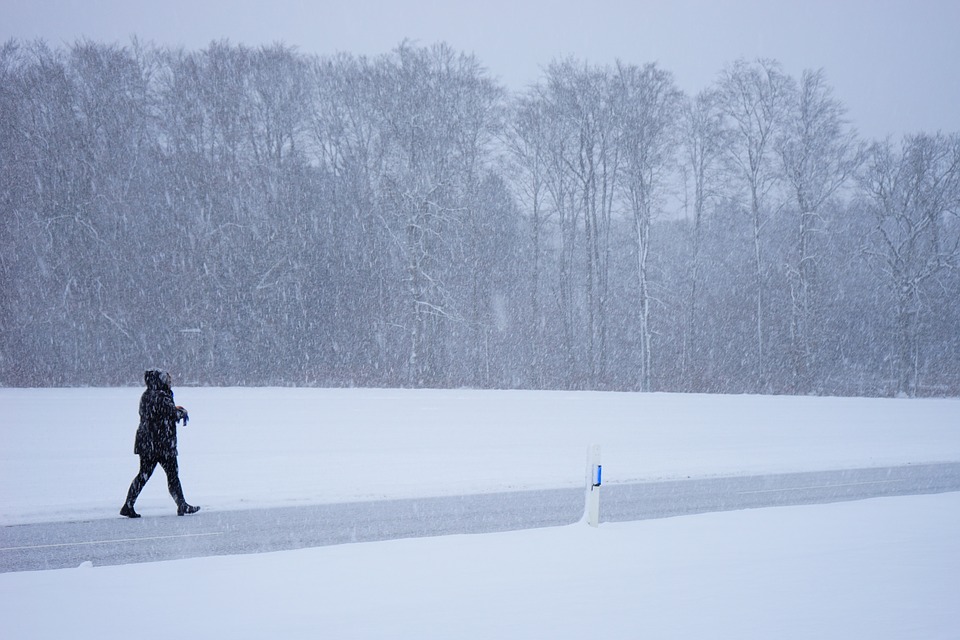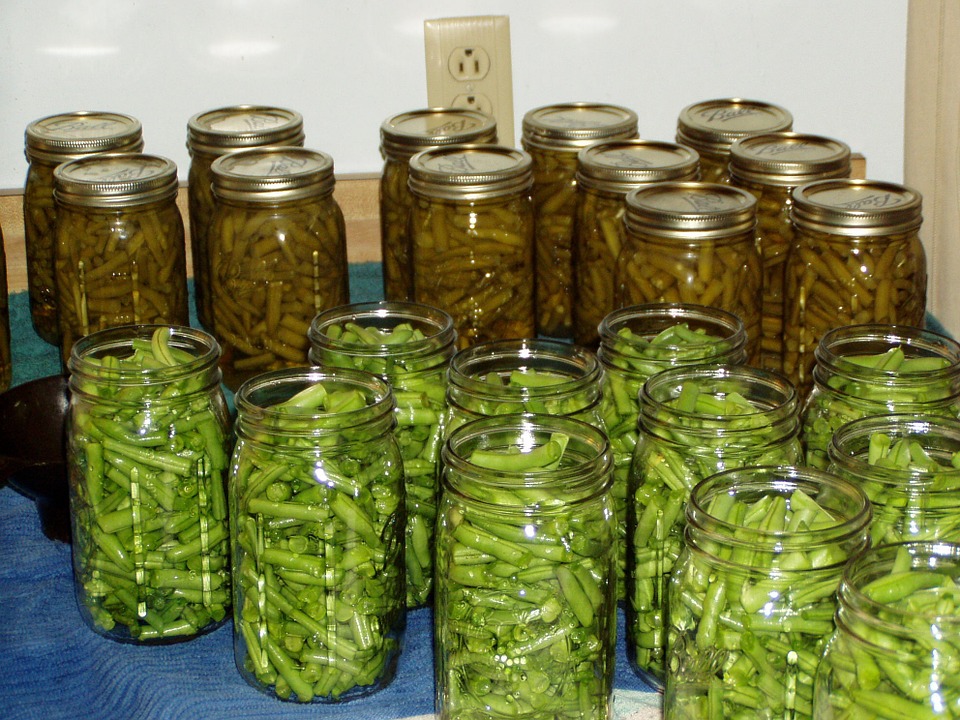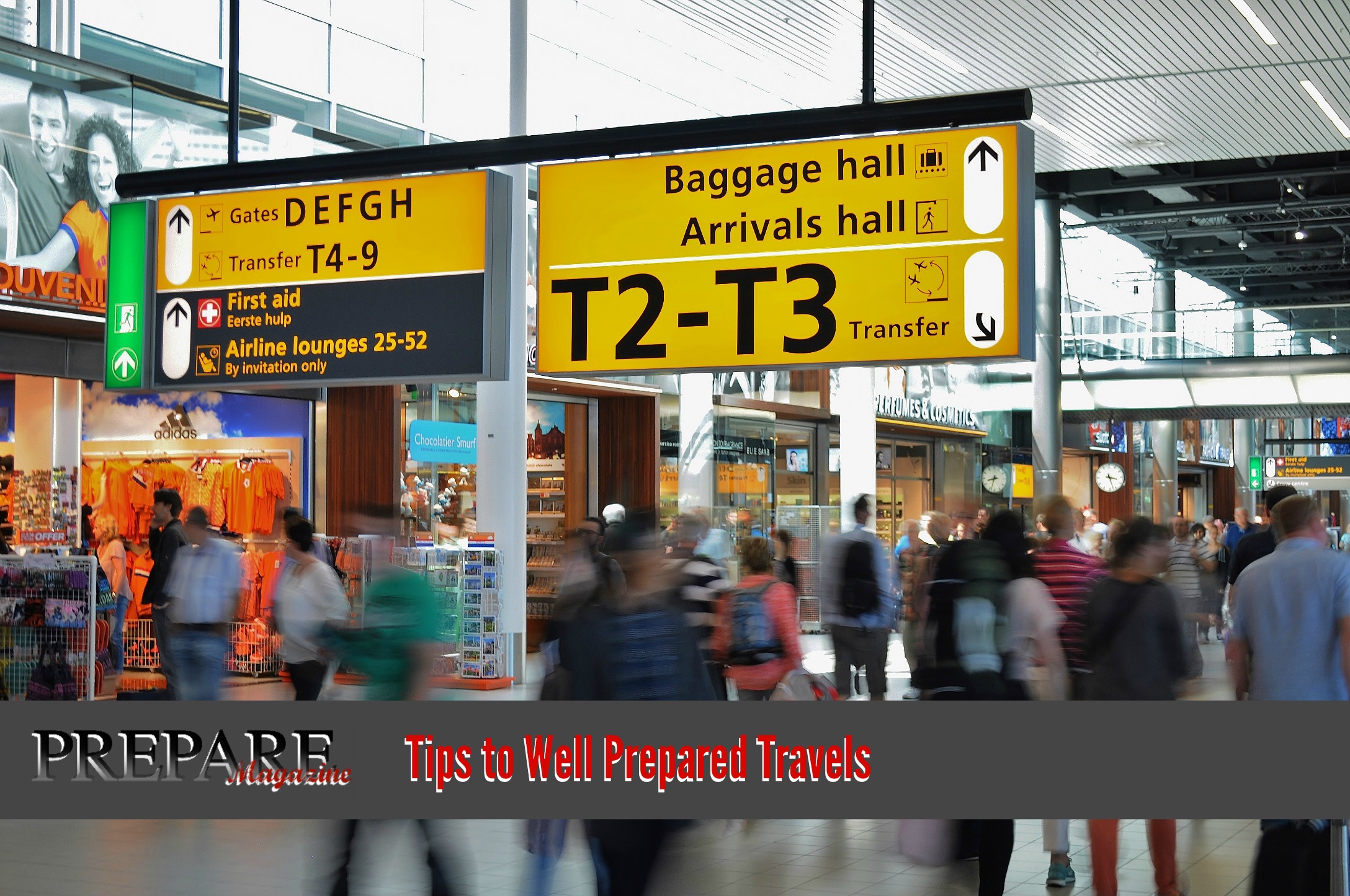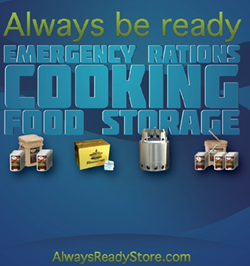When a crippling cold weather event strikes, it can bring life to a complete standstill. News articles have bombarded us with images showing the devastating impact of severe cold on communities. The lower the temperatures or the longer they persist, the more havoc they wreak on our lives. Therefore, understanding how to survive a cold weather event is imperative.
Unlike hot weather crises, cold weather events often involve ice or snow, making roads impassable and trapping residents in their homes without food, water, or power. The difference is stark and dangerous, highlighting the importance of preparation and knowledge.
The Danger of Cold Weather for the Unprepared
Preparation is key to surviving almost any situation, including weather events. For those unprepared, the consequences can be severe, risking health and even life. A loss of electricity, a common occurrence during such events, means no heating for most people. Even those with fireplaces often don’t have enough firewood stocked to last through the ordeal.
Frostbite is a real danger, even indoors. It can develop in less than half an hour when temperatures are extremely low. As the mercury drops closer to zero, the likelihood of this emergency increases. In just fifteen minutes, frostbite can occur, especially if temperatures in your home fall below 32 degrees Fahrenheit.
Understanding these risks and preparing accordingly can make the difference between a manageable situation and a life-threatening one. By staying informed and ready, you can safeguard your well-being against the icy clutches of a severe cold weather event.
Get a FREE Subscription to PREPARE Magazine
Let’s look at some practical tips and Strategies…
When the temperature drops and the winter storms rage, it’s important to be prepared for the dangers that come with cold weather emergencies. Understanding the nature of these emergencies, how to prepare for them, coping with injuries, survival strategies, as well as rescue and recovery are all vital in ensuring safety and well-being in extreme conditions.
I. Understanding Cold Weather Emergencies
Extreme cold can be a serious threat to health and safety, leading to a variety of cold weather injuries such as hypothermia and frostbite. Cold weather emergencies can be caused by harsh winter conditions, snowstorms, freezing rain, and blizzards. These conditions can result in accidents, power outages, and transportation disruptions, making it vital to understand the risks and take necessary precautions.
II. Preparing for Cold Weather Emergencies
A well-stocked emergency kit is essential for surviving cold weather emergencies. Items such as blankets, warm clothing, non-perishable food, and a first aid kit are important to include. Dressing in layers and wearing appropriate cold weather gear is also crucial in preventing cold weather injuries. Additionally, having access to safe shelter and heating options, as well as communication and emergency plans, will ensure readiness for unforeseen circumstances.
III. Coping with Cold Weather Injuries
Hypothermia and frostbite are common cold weather injuries, and it’s important to recognize the symptoms and provide immediate first aid. Treatment and management of these injuries are essential to prevent complications, and seeking medical help when necessary will promote recovery and prevent long-term damage.
IV. Survival Strategies in Cold Weather Emergencies
In the event of being stranded in extreme conditions, it’s important to know how to build shelter, create and maintain fire, find and purify water, as well as navigate and signal for help. Mental and emotional resilience is also crucial in survival situations, as maintaining a positive mindset can significantly impact the outcome.
V. Rescue and Recovery in Cold Weather Emergencies
In the event of needing rescue or assistance, it’s important to know how to signal for help and how to navigate roadside and remote assistance. Treating and transporting injured individuals, as well as providing post-rescue care and management, are necessary for a successful recovery.
Here are some FAQ’s: Battling the Freeze: Strategies for Surviving Cold Weather Emergencies
Q: What are common cold weather injuries?
A: Common cold weather injuries include hypothermia and frostbite, caused by prolonged exposure to cold temperatures.
Q: How can I prepare for a cold weather emergency?
A: Creating an emergency kit, dressing in appropriate cold weather gear, and having access to safe shelter, heating options, and communication plans are essential in preparing for a cold weather emergency.
Q: What should I do if I suspect someone has hypothermia or frostbite?
A: Providing immediate first aid, seeking medical help, and preventing long-term complications are important when coping with cold weather injuries.
Q: What are some survival strategies for cold weather emergencies?
A: Building shelter, creating and maintaining fire, finding and purifying water, as well as maintaining mental and emotional resilience are vital in survival situations.
Q: What should I do in the event of needing rescue or assistance?
A: Knowing how to signal for help, navigating roadside and remote assistance, as well as providing post-rescue care and management are necessary for a successful recovery.







